In the ever-evolving world of fitness and strength training, long muscle length training has emerged as a highly effective technique for maximizing muscle growth. This method focuses on loading a muscle or muscle group in its fully stretched position, providing a unique stimulus that drives hypertrophy (muscle growth). But what exactly is long muscle length training, what are its benefits, and how can you incorporate it into your training regimen? Let’s dive in.
What is Long Muscle Length Training?
Long muscle length training is a specialized approach to resistance training that emphasizes loading muscles in their lengthened or stretched position. Unlike traditional training methods that focus on full range of motion or shorter muscle lengths, this technique targets the point where the muscle is most elongated under tension.
For example, consider the difference between a barbell bench press and a dumbbell bench press. In the barbell bench press, the bar stops when it touches your chest, limiting the stretch on the pectoral muscles. However, with a dumbbell bench press, your hands can descend below chest level, allowing the pecs to stretch more fully. This increased stretch under load is the cornerstone of long muscle length training.
The Science Behind Long Muscle Length Training
While the exact mechanisms are still being studied, research suggests that training muscles in their lengthened position provides a unique stimulus for growth. Studies have consistently shown that long muscle length training leads to greater muscle hypertrophy compared to both short muscle length training and full range of motion training.
One theory is that the stretched position places greater mechanical tension on the muscle fibers, particularly the sarcomeres (the contractile units of muscle). This tension may trigger a stronger anabolic response, leading to increased protein synthesis and muscle growth. Additionally, the stretched position may activate more muscle fibers, further enhancing the growth stimulus.
Benefits of Long Muscle Length Training
-
Enhanced Muscle Growth: As mentioned, long muscle length training has been shown to promote greater hypertrophy compared to other training methods.
-
Improved Muscle Stretch Capacity: Regularly training in the lengthened position can improve a muscle’s ability to stretch, which may enhance flexibility and reduce injury risk.
-
Increased Time Under Tension: By emphasizing the stretched position, you increase the time under tension for the muscle, a key driver of hypertrophy.
-
Variety and Novelty: Incorporating long muscle length exercises can add variety to your training, preventing plateaus and keeping your workouts engaging.
How to Implement Long Muscle Length Training
There are several ways to integrate long muscle length training into your routine. Here are three effective methods:
-
Long Length Partials: Perform partial reps in the stretched position. For example, during a dumbbell bench press, only complete the bottom half of the movement, focusing on the deep stretch.
-
Long Length Drop Sets: Perform a set of full range of motion reps until near failure, then switch to long length partials to extend the set. For instance, after completing 8 full range bicep curls, perform 3-4 partial reps at the bottom of the movement.
-
Emphasize the Lengthened Position: Perform full range of motion reps but pause for 2-3 seconds in the stretched position. For example, pause at the bottom of a Romanian deadlift to maximize the stretch on the hamstrings.
Best Exercises for Long Muscle Length Training
The most effective long muscle length exercises are those that allow for a significant stretch under load. Here are some examples for major muscle groups:
-
Quads: Deep squats, deep hack squats, front foot elevated split squats, lunges.
-
Hamstrings: Deficit stiff leg deadlifts, deficit Romanian deadlifts, seated hamstring curls.
-
Glutes: Deep squats, front foot elevated split squats, cable abductions, deep straddle lifts.
-
Lats: Chin-ups, pull-ups, cable rows, lat pull-downs (with full stretch at the top).
-
Pecs: Dumbbell presses, deficit push-ups, incline presses, cable flys.
-
Delts: Arnold presses, seated shoulder presses, cable lateral raises.
-
Biceps: Incline dumbbell curls, lean-away concentration curls, standing cable curls.
-
Triceps: Overhead cable extensions, behind-the-head skull crushers, dumbbell rollbacks.
Practical Tips for Long Muscle Length Training
-
Start Light: The stretched position can be more challenging, so start with lighter weights to ensure proper form and avoid injury.
-
Focus on Control: Move slowly and deliberately, especially during the eccentric (lowering) phase, to maximize tension in the stretched position.
-
Progress Gradually: As you adapt, gradually increase the load or volume to continue challenging your muscles.
-
Combine with Other Methods: Long muscle length training works best when combined with other training techniques, such as traditional strength training and full range of motion exercises.
Conclusion
Long muscle length training is a powerful tool for anyone looking to maximize muscle growth. By focusing on the stretched position, you can create a unique stimulus that drives hypertrophy and improves muscle function. Whether you’re a bodybuilder, athlete, or fitness enthusiast, incorporating long muscle length exercises into your routine can help you achieve your goals more effectively.
Remember, consistency and proper form are key. Start slowly, listen to your body, and enjoy the process of unlocking new levels of strength and muscle development.


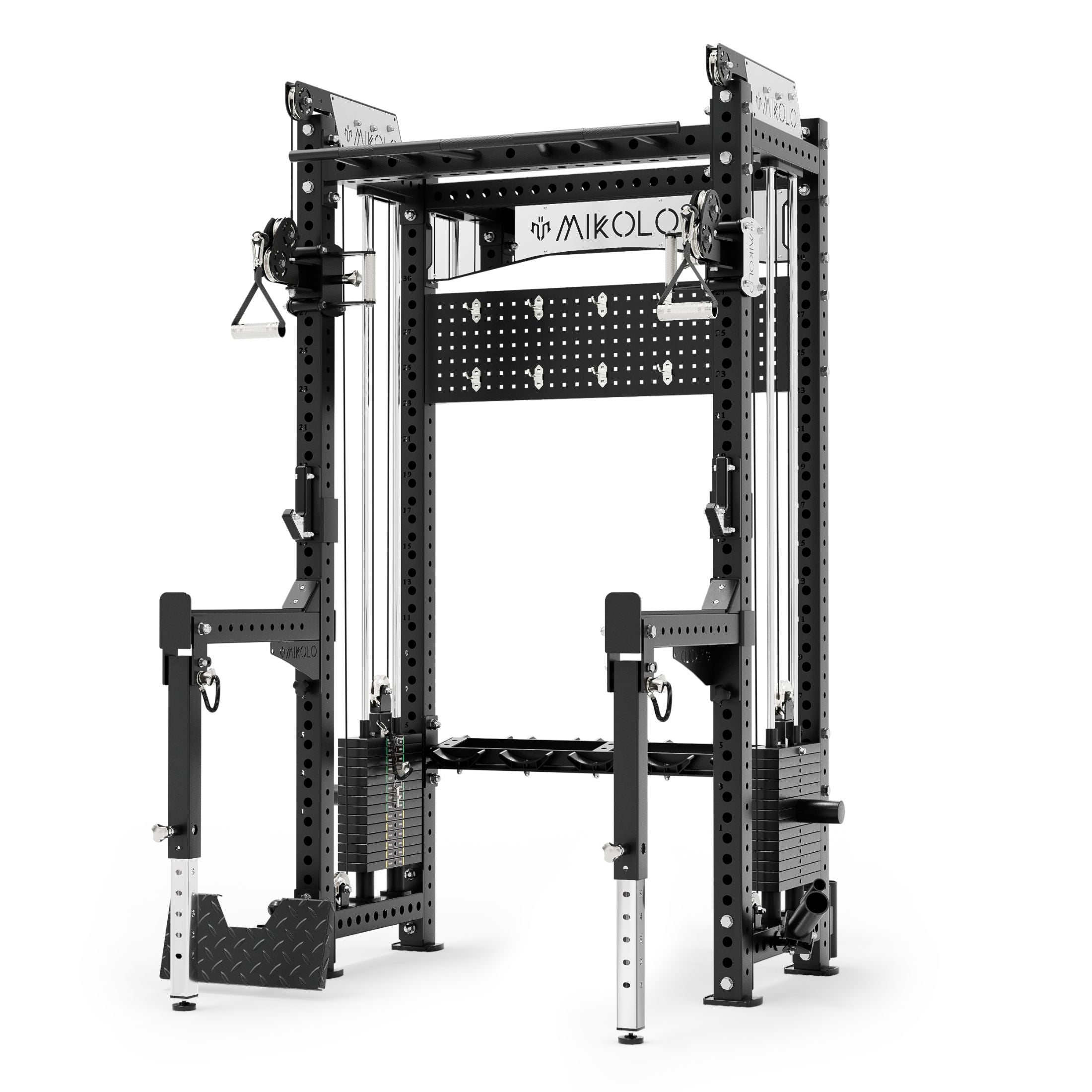
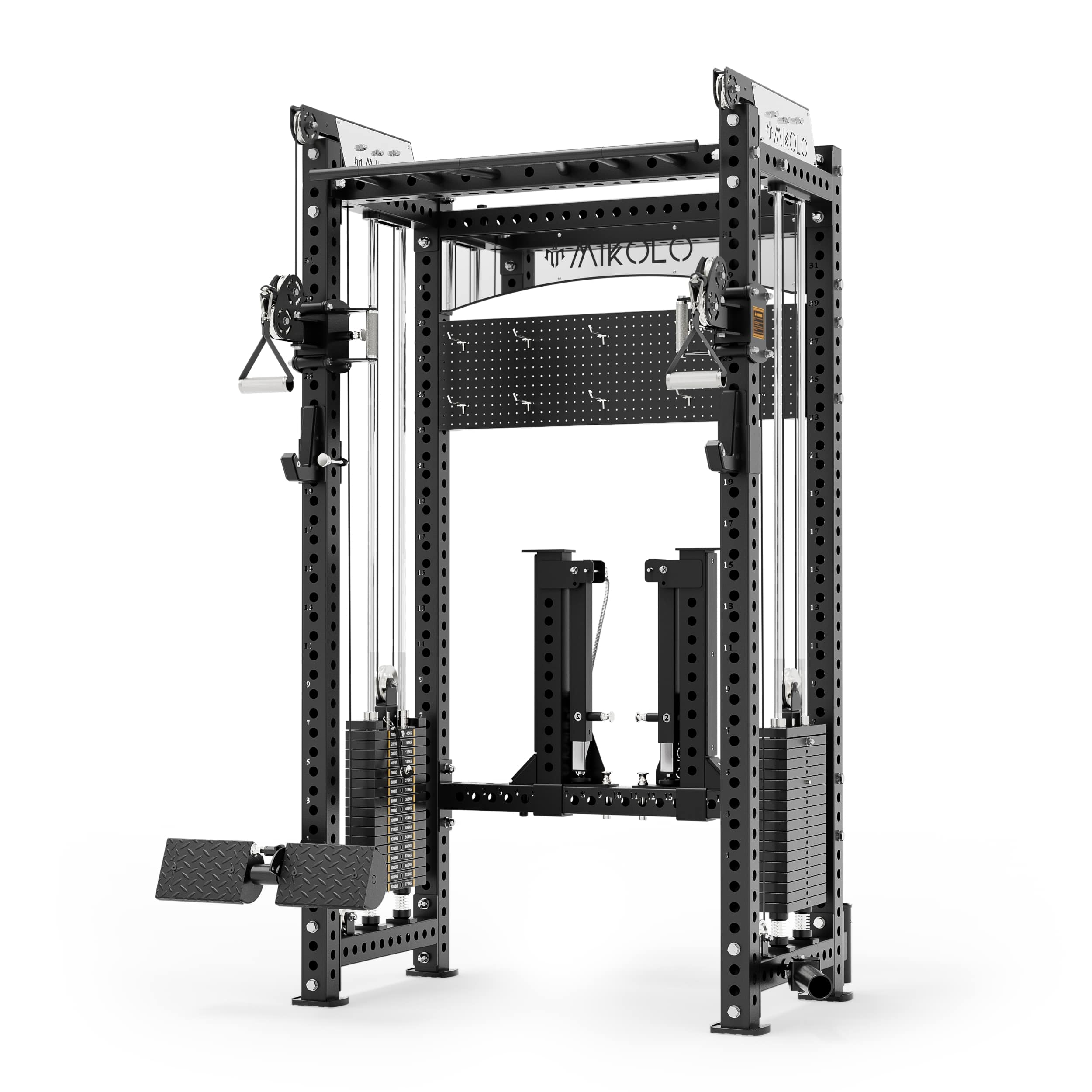
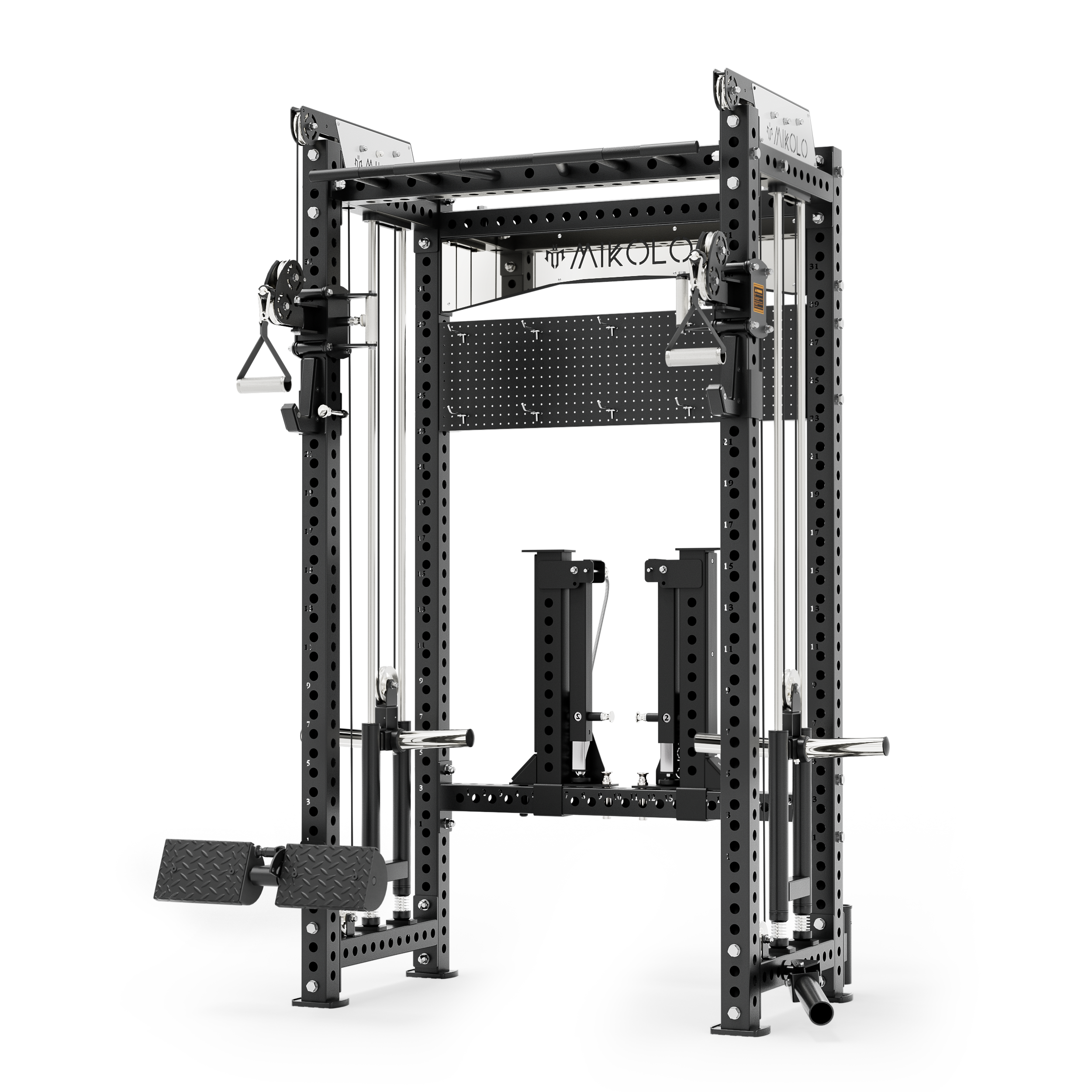


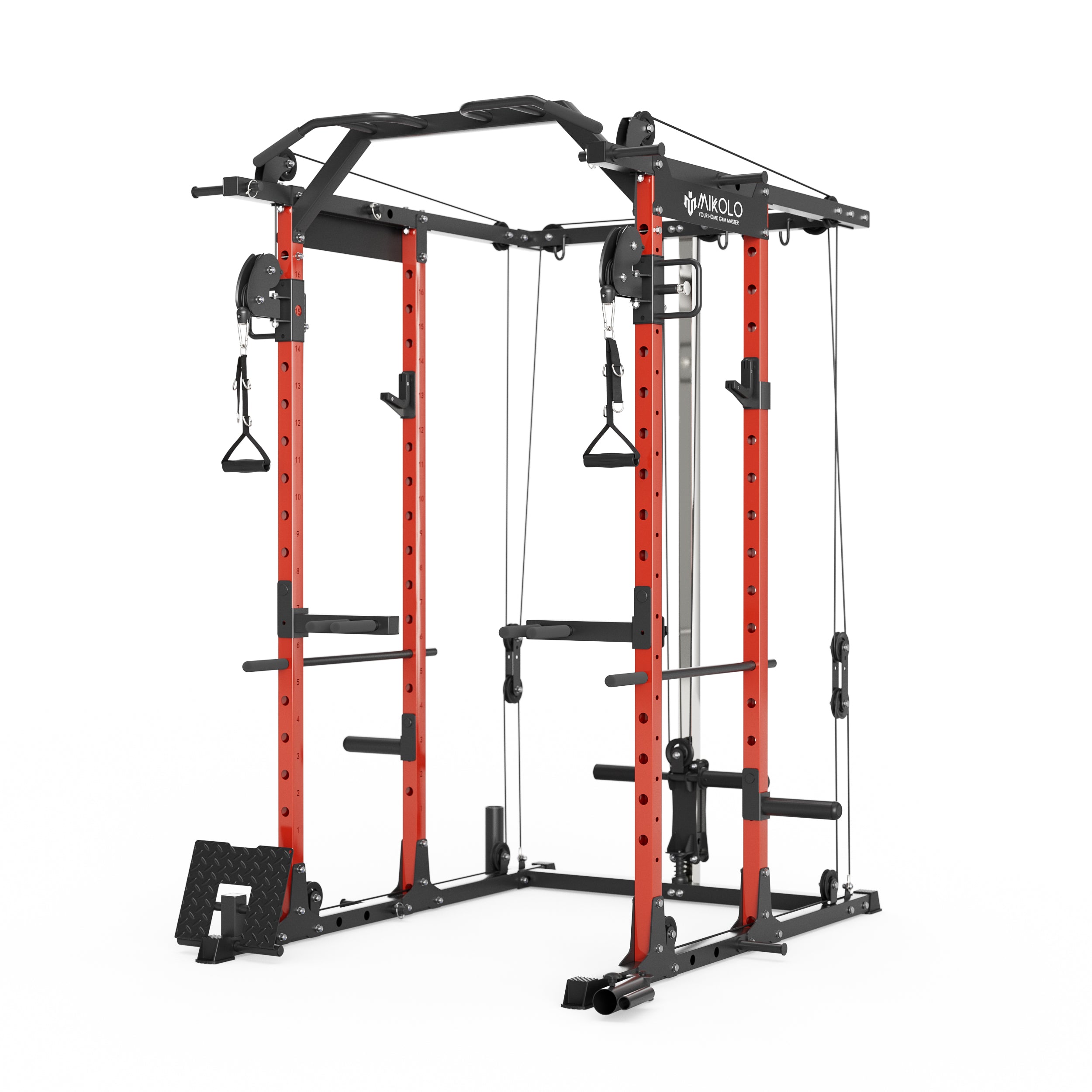
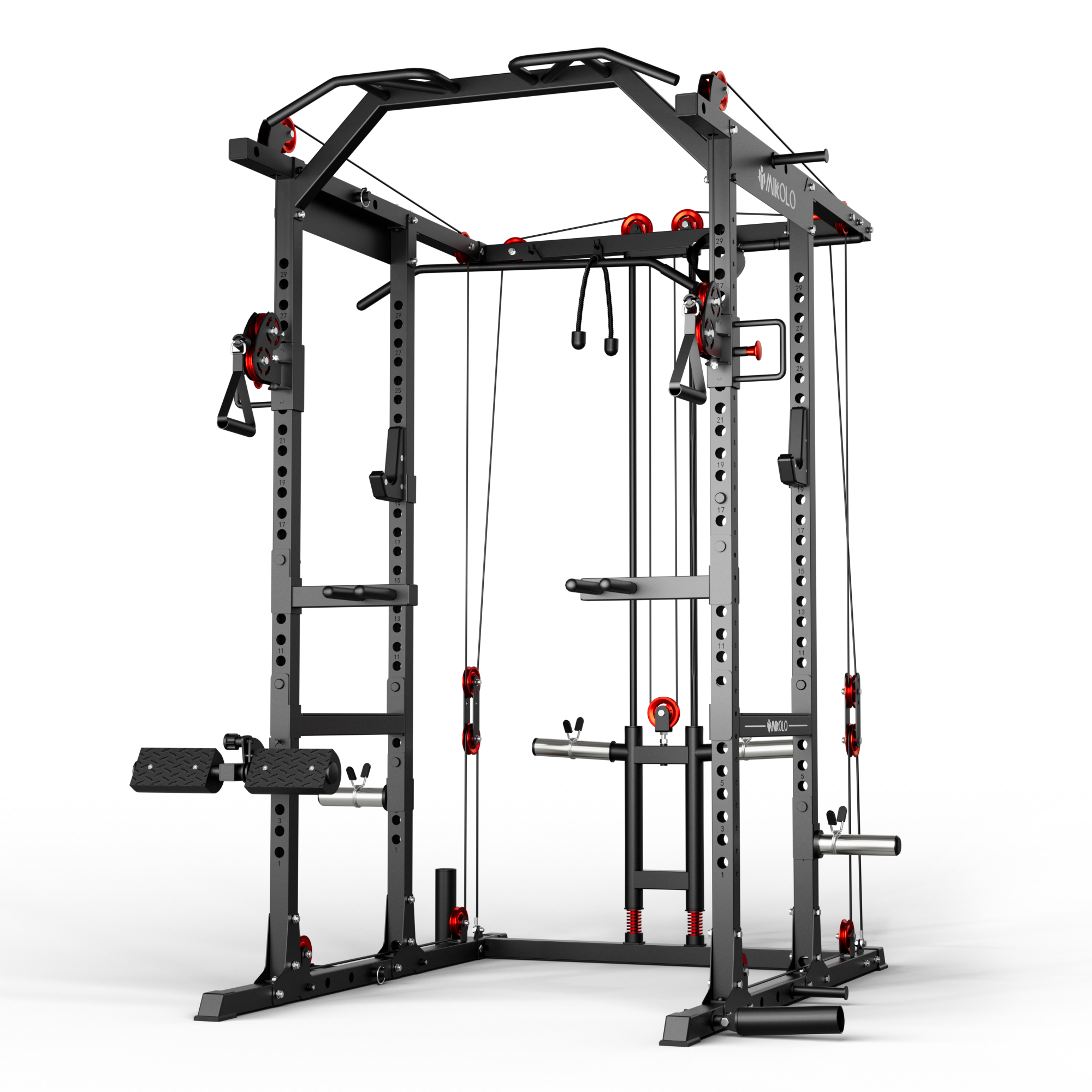

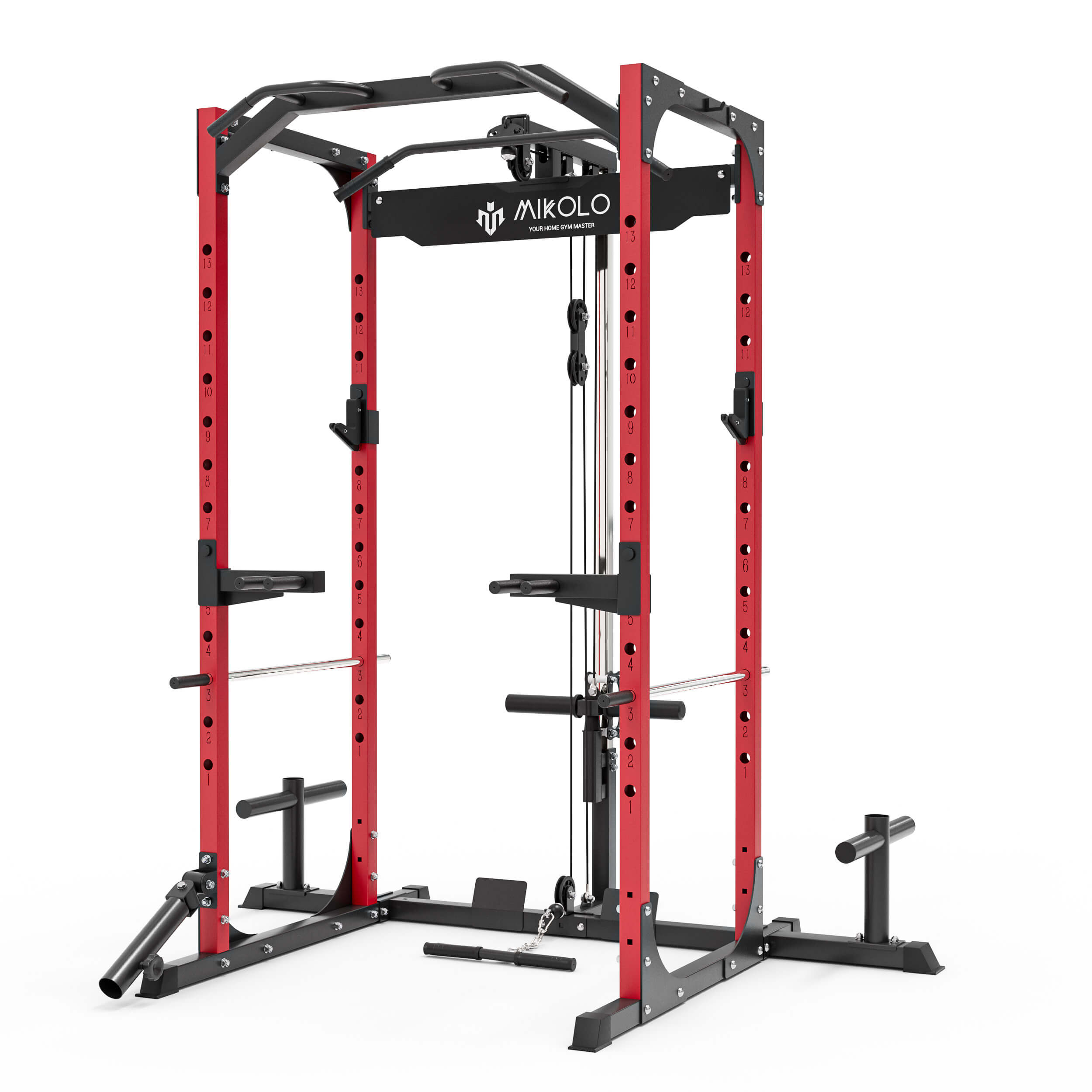
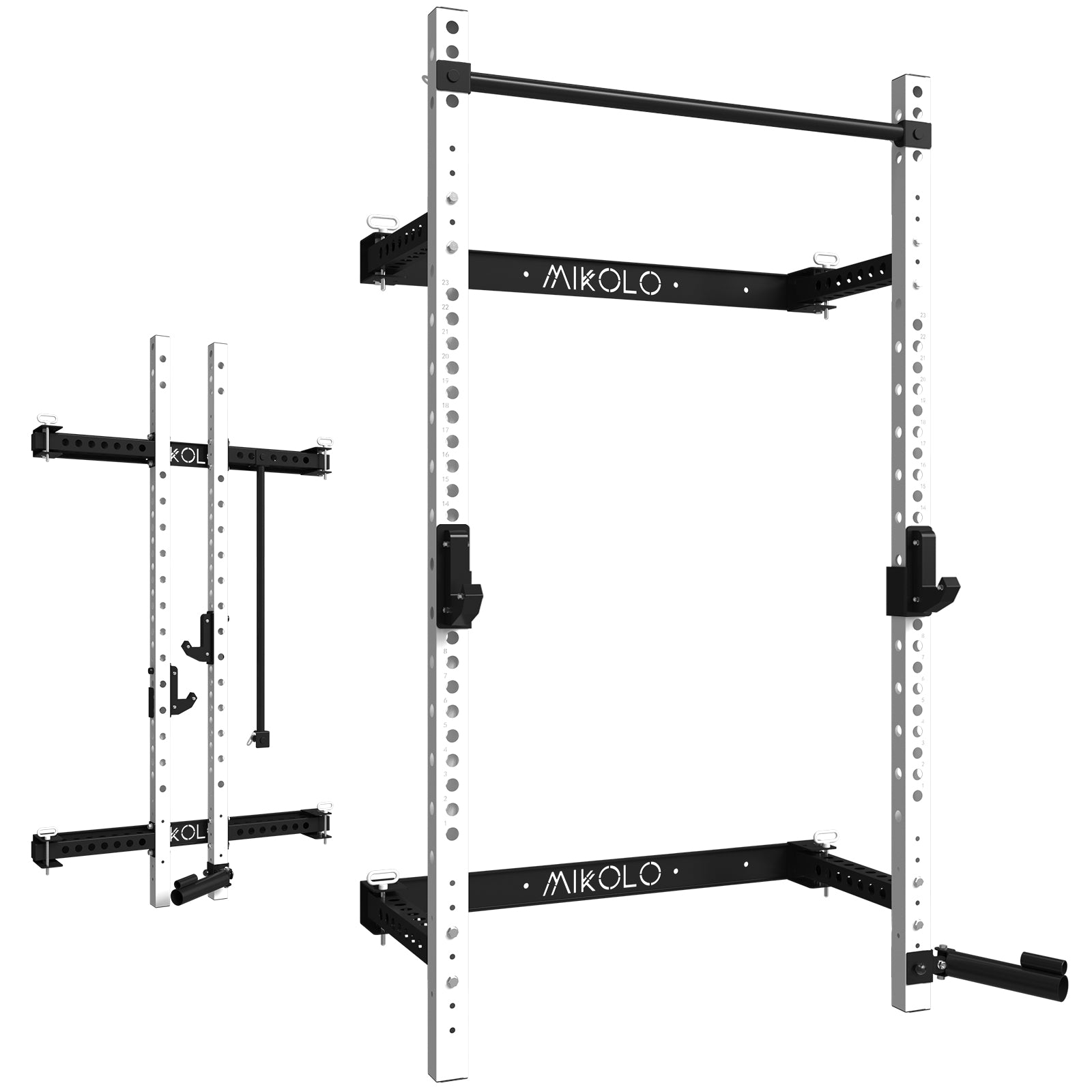


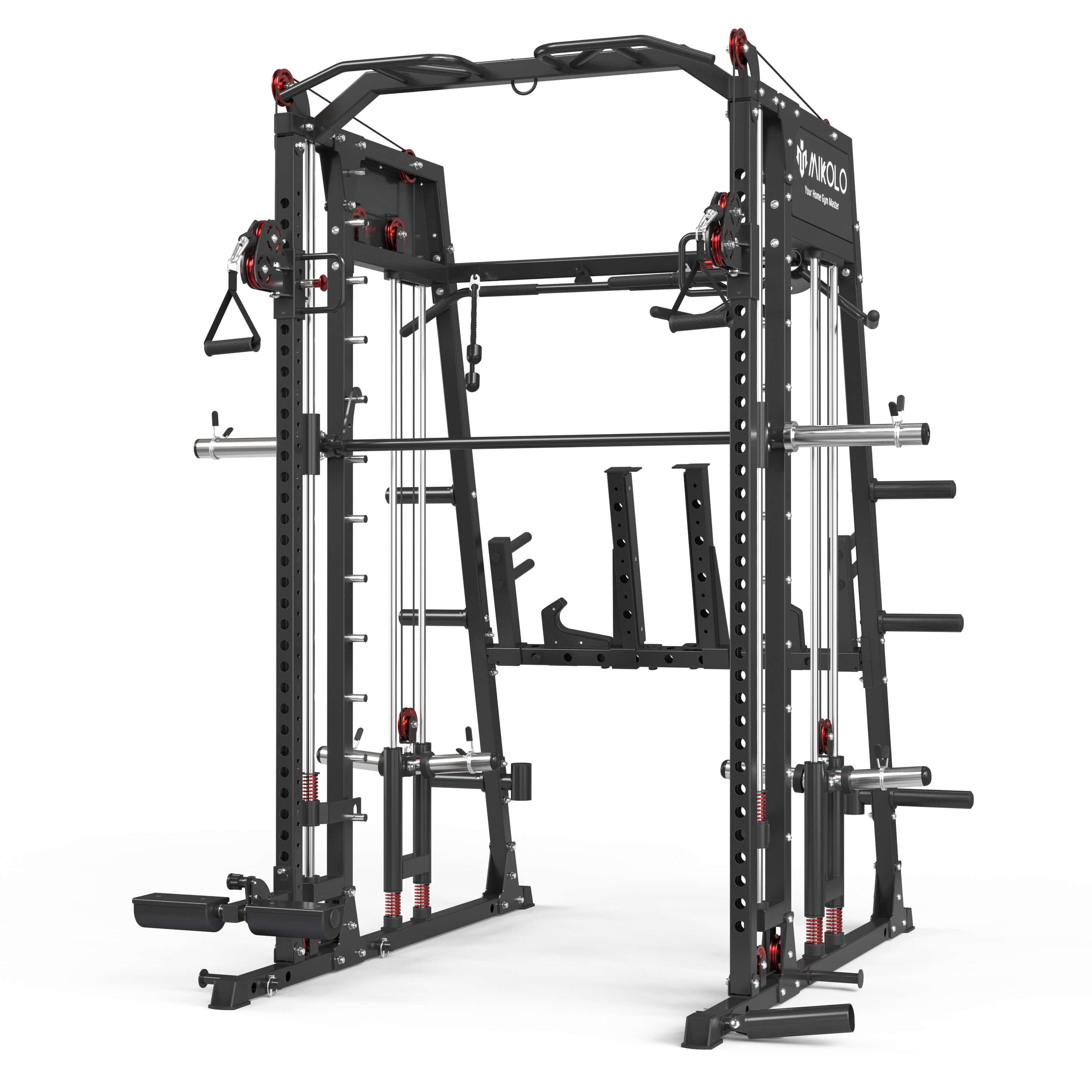
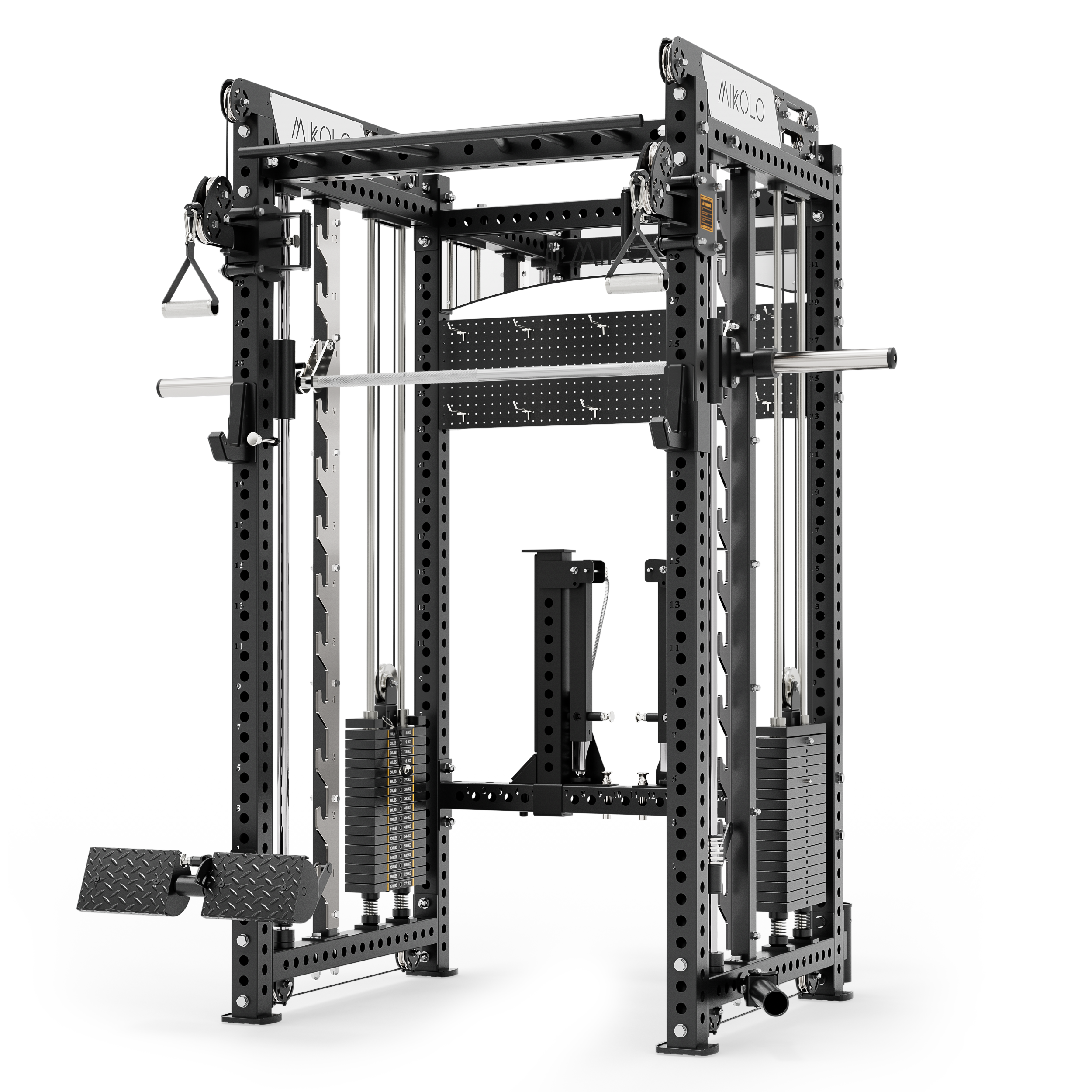
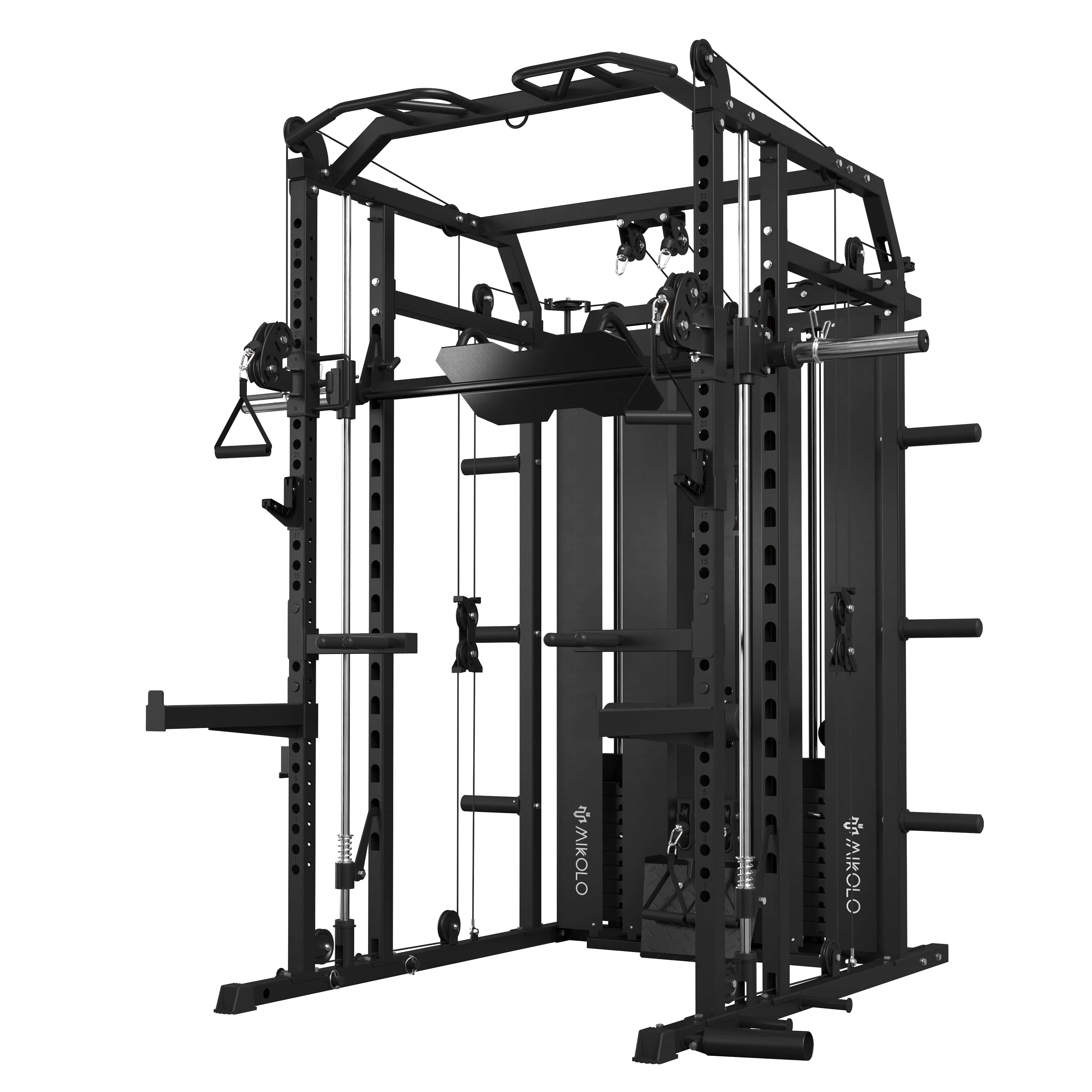
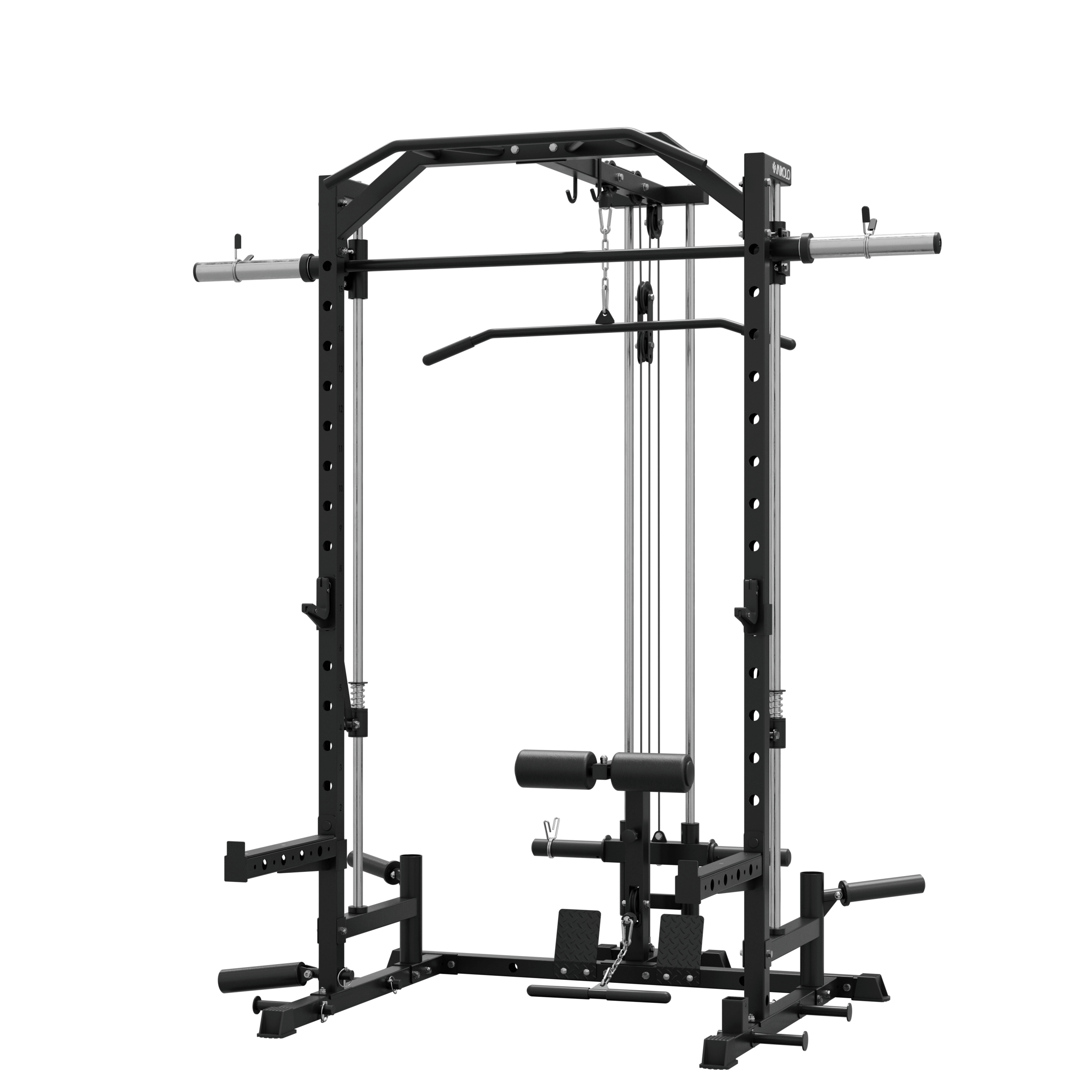
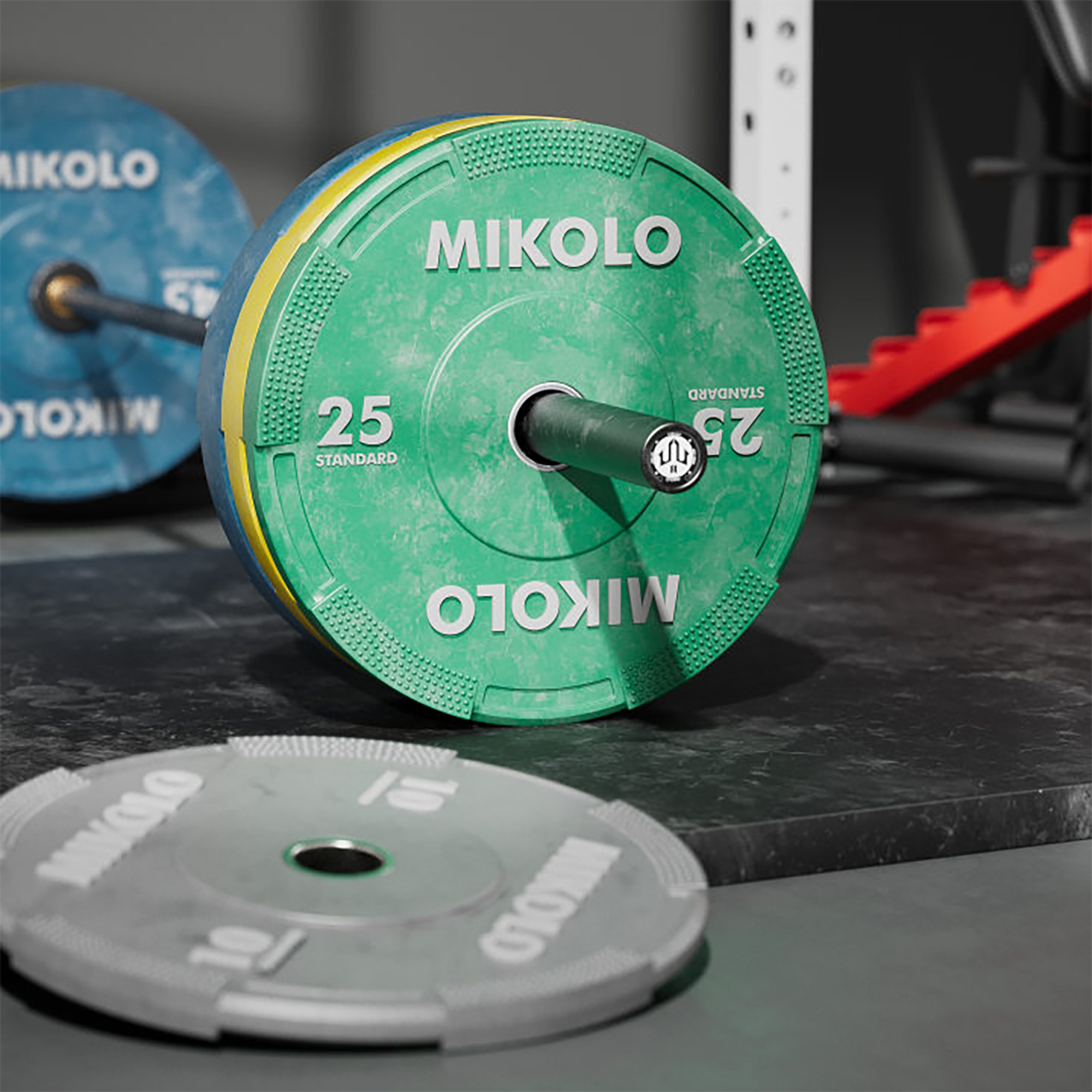






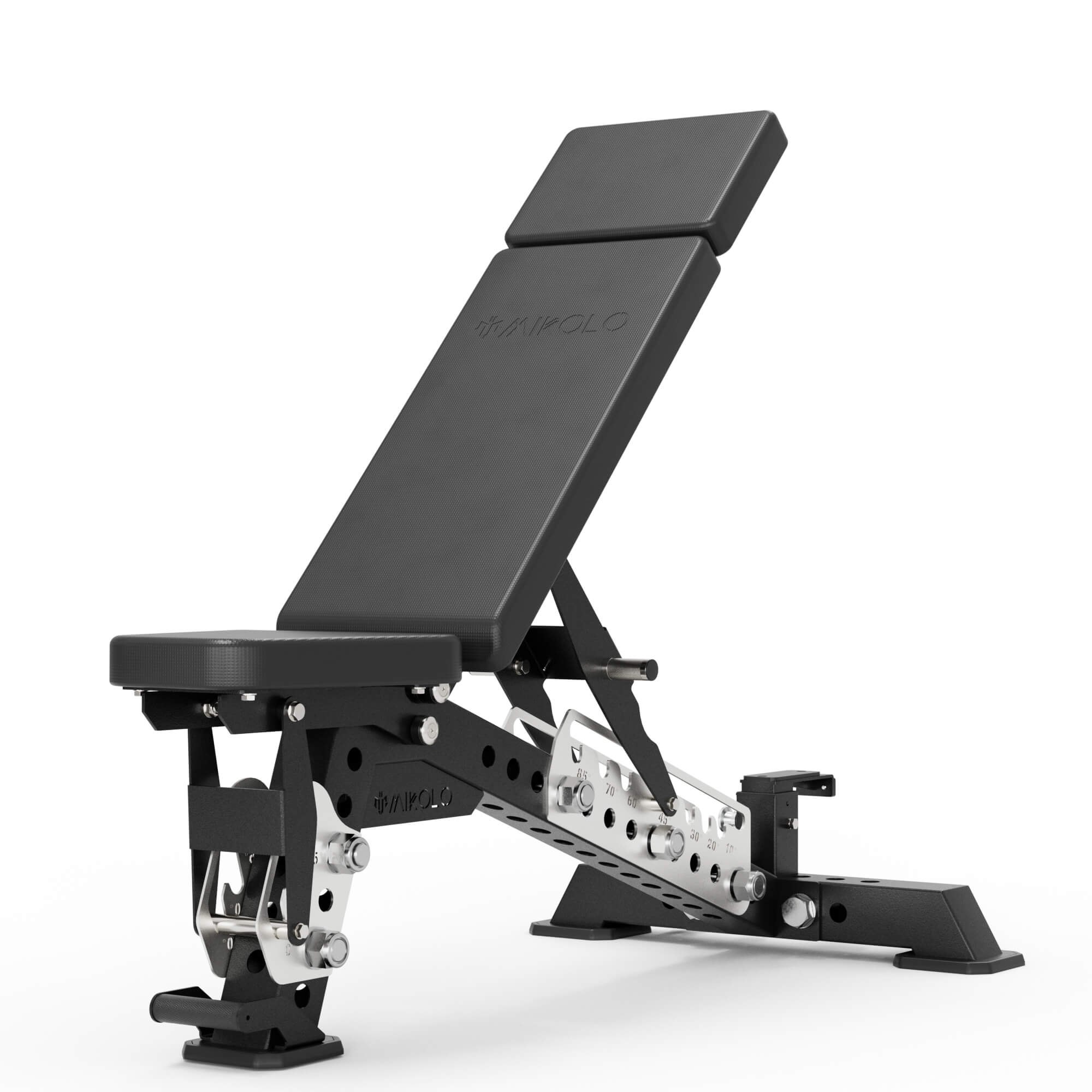
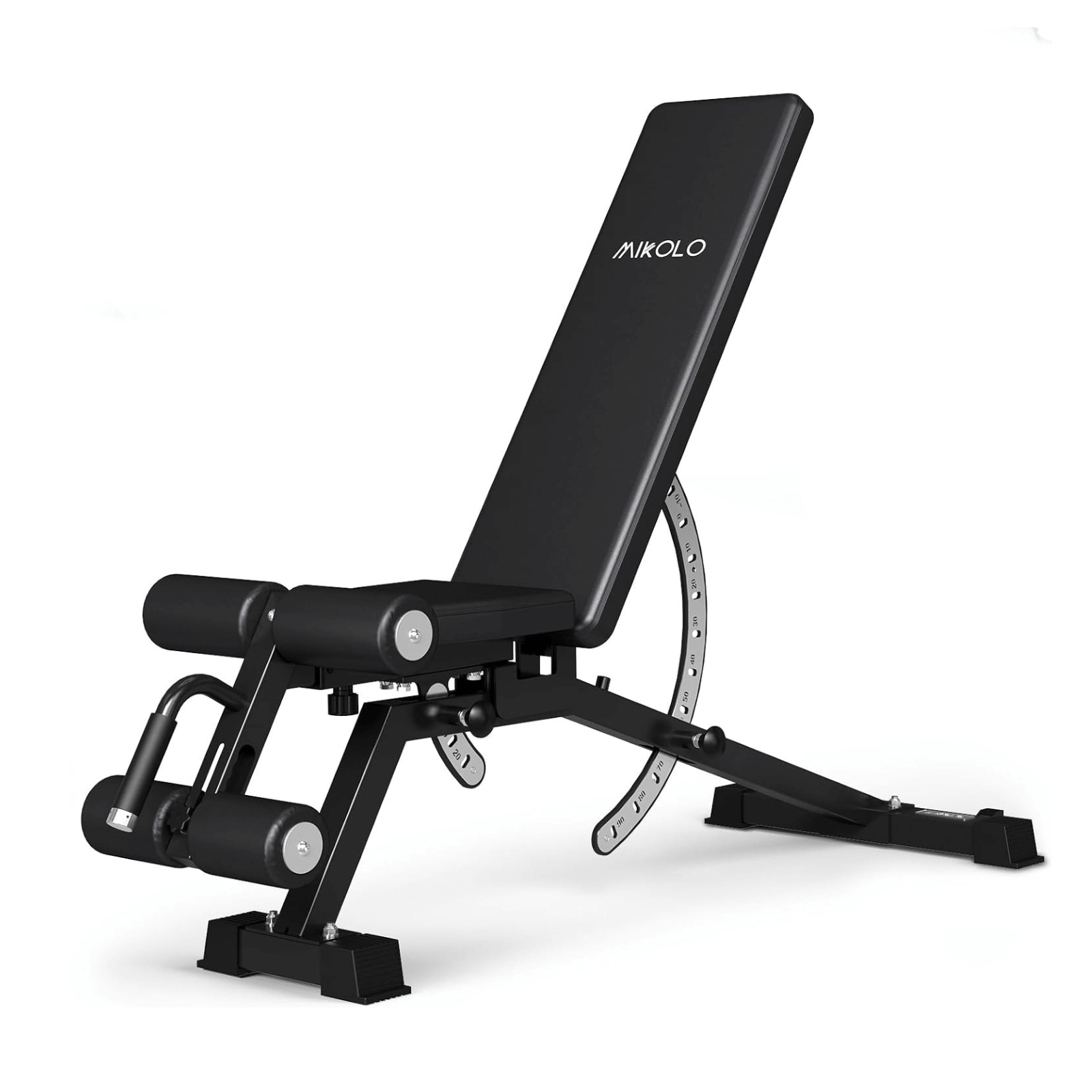




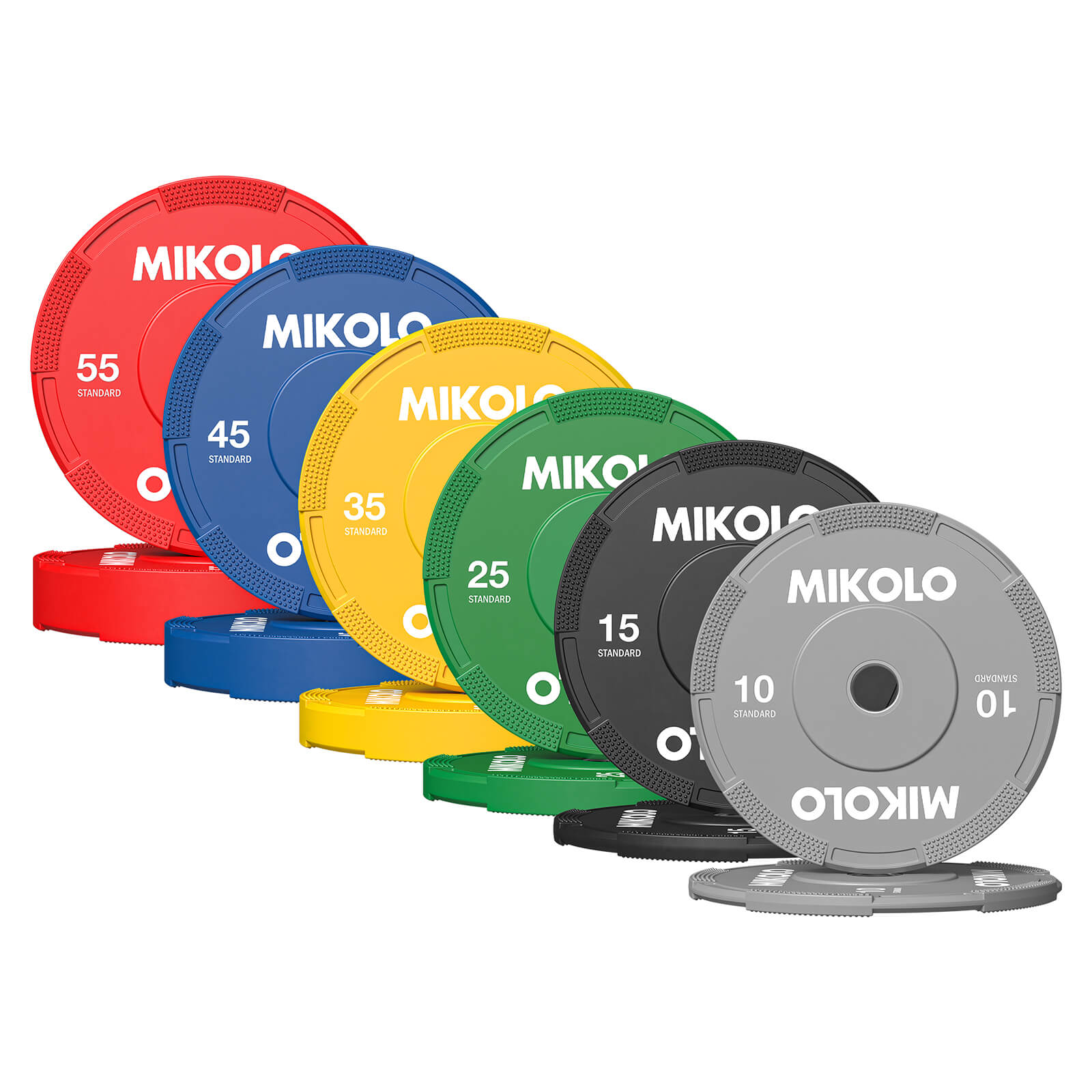
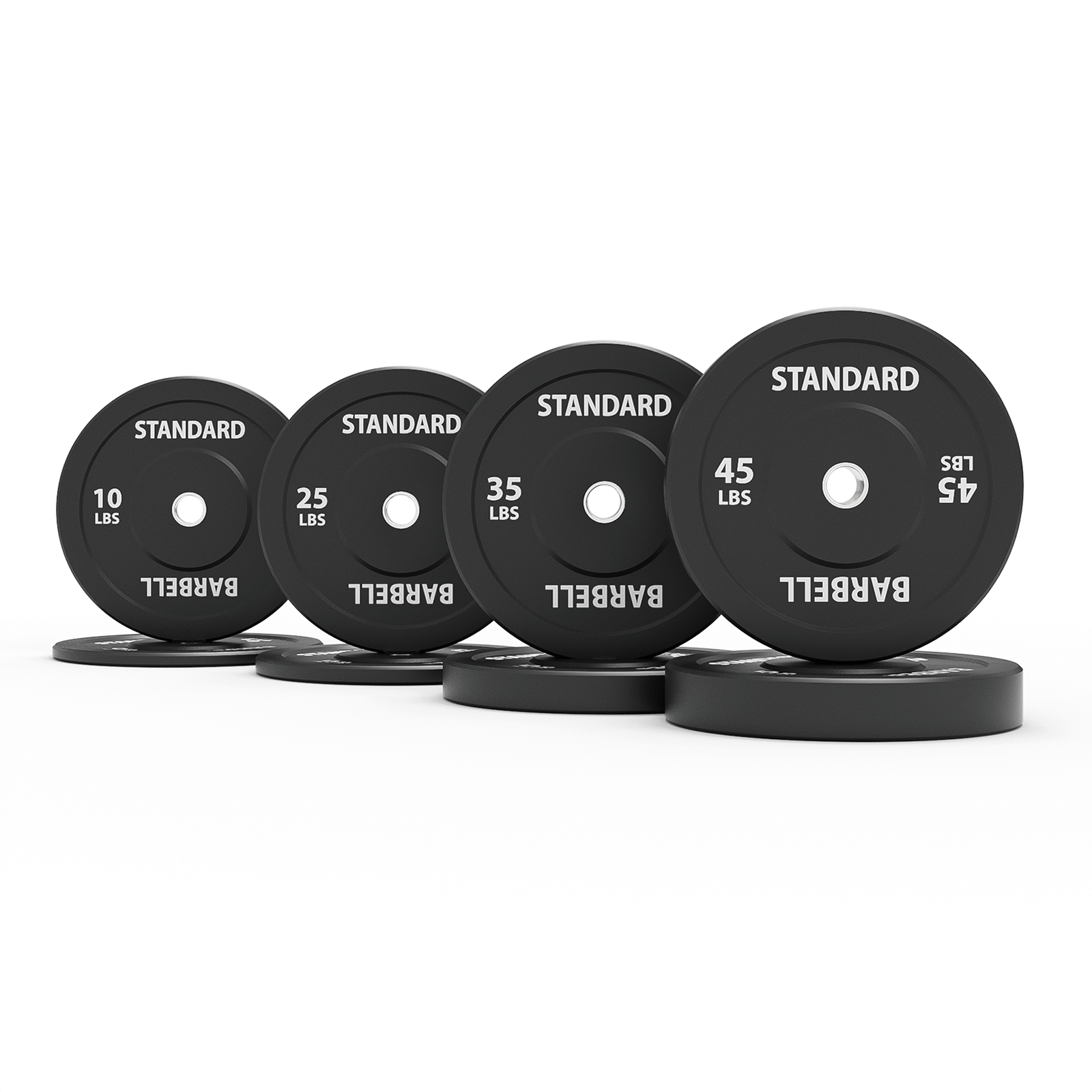
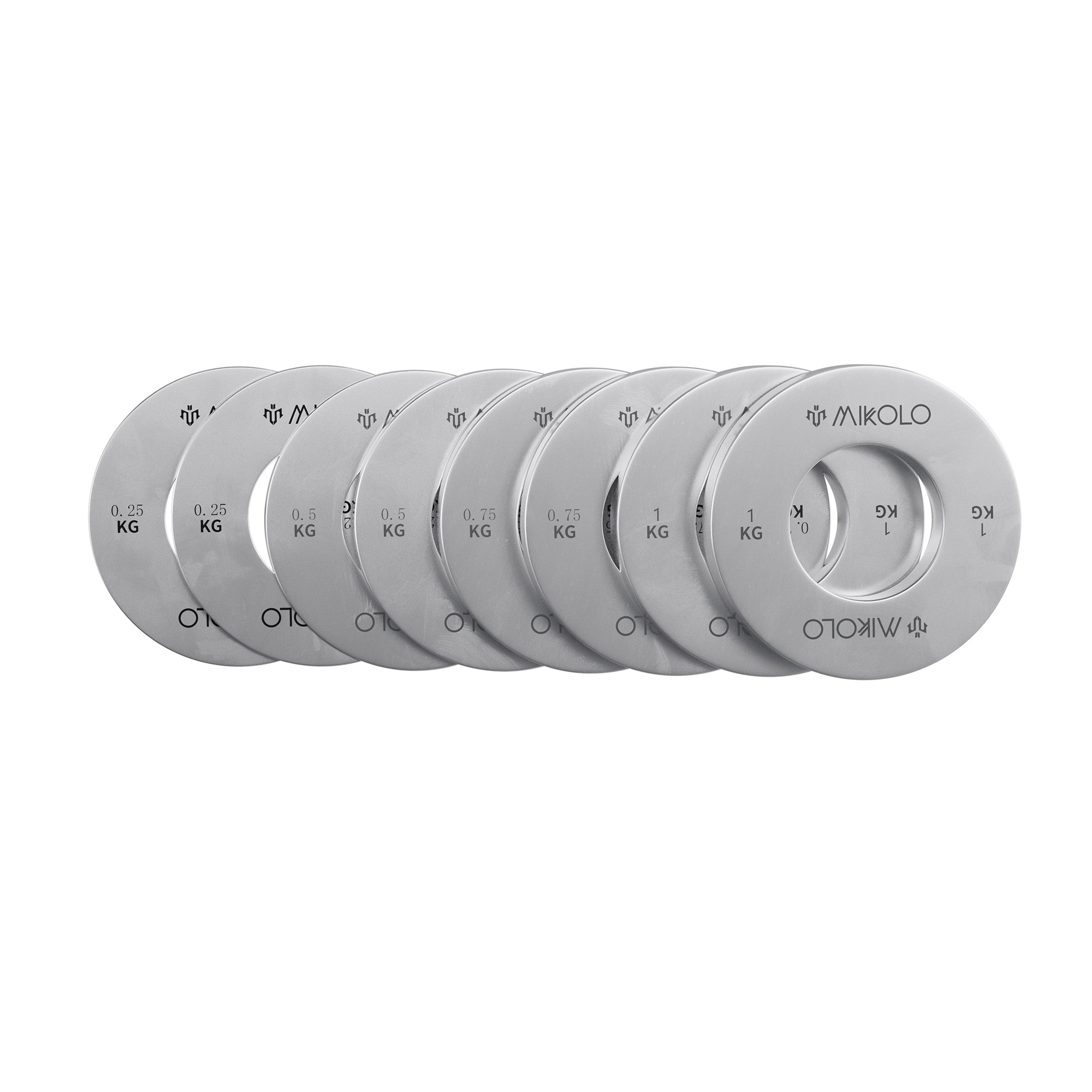
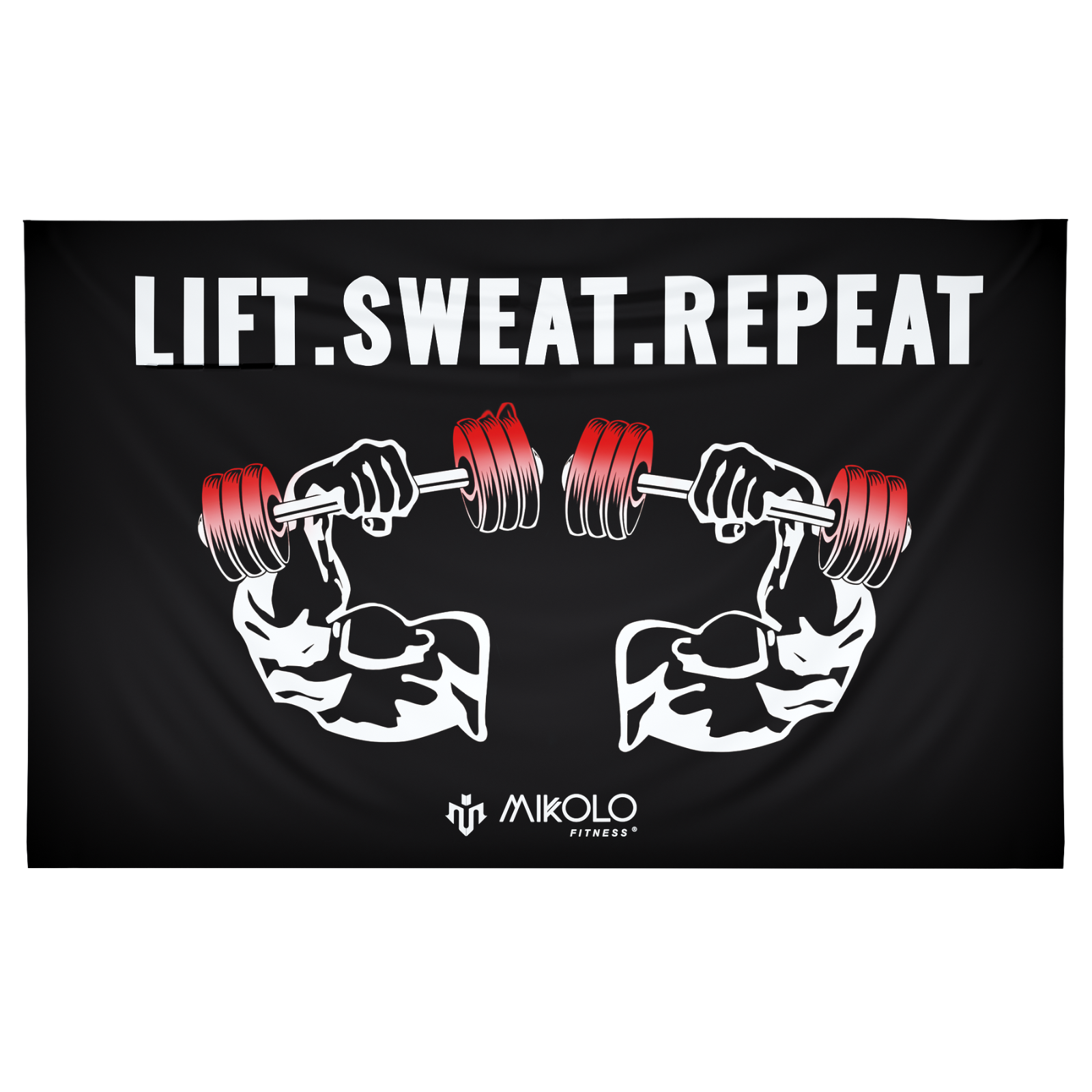

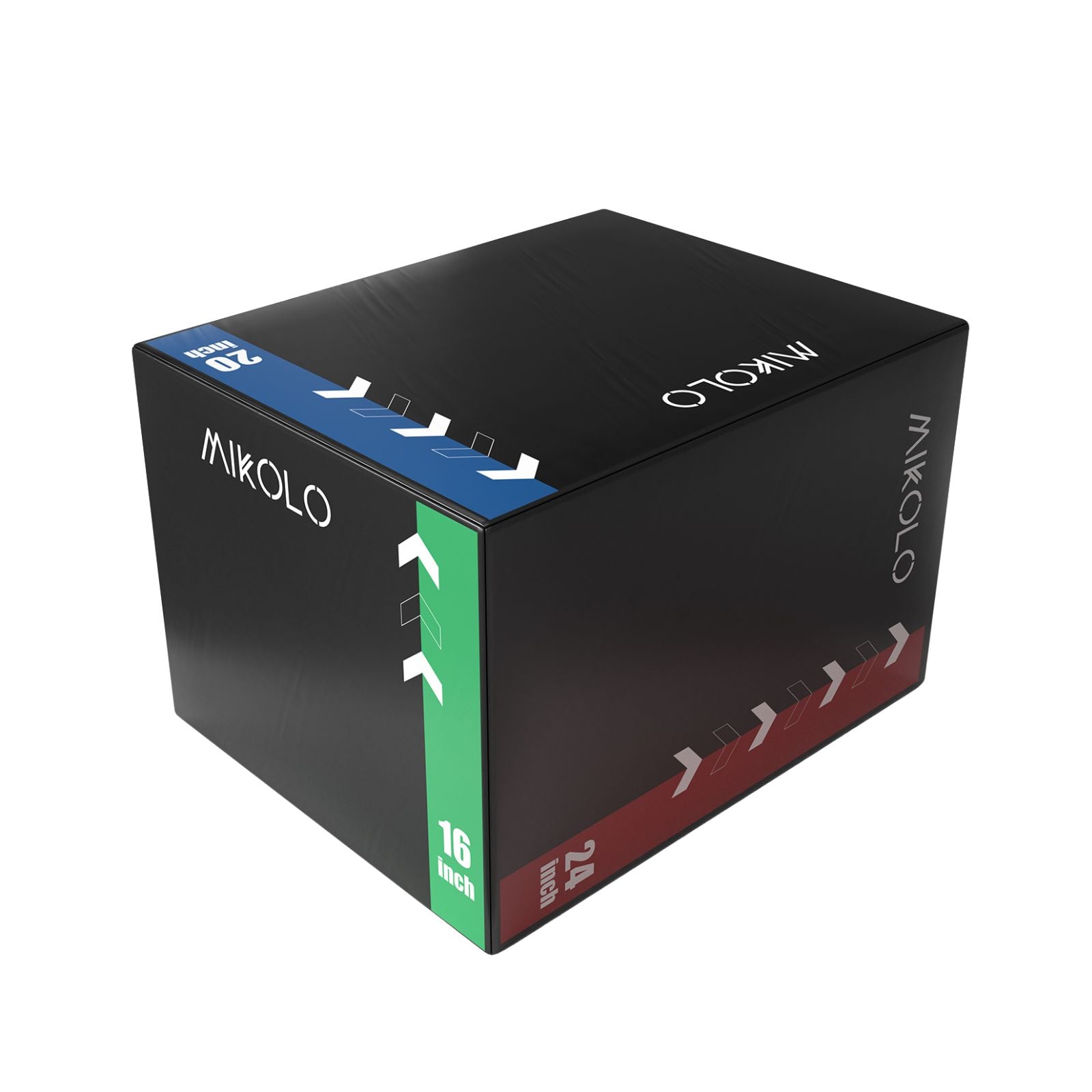

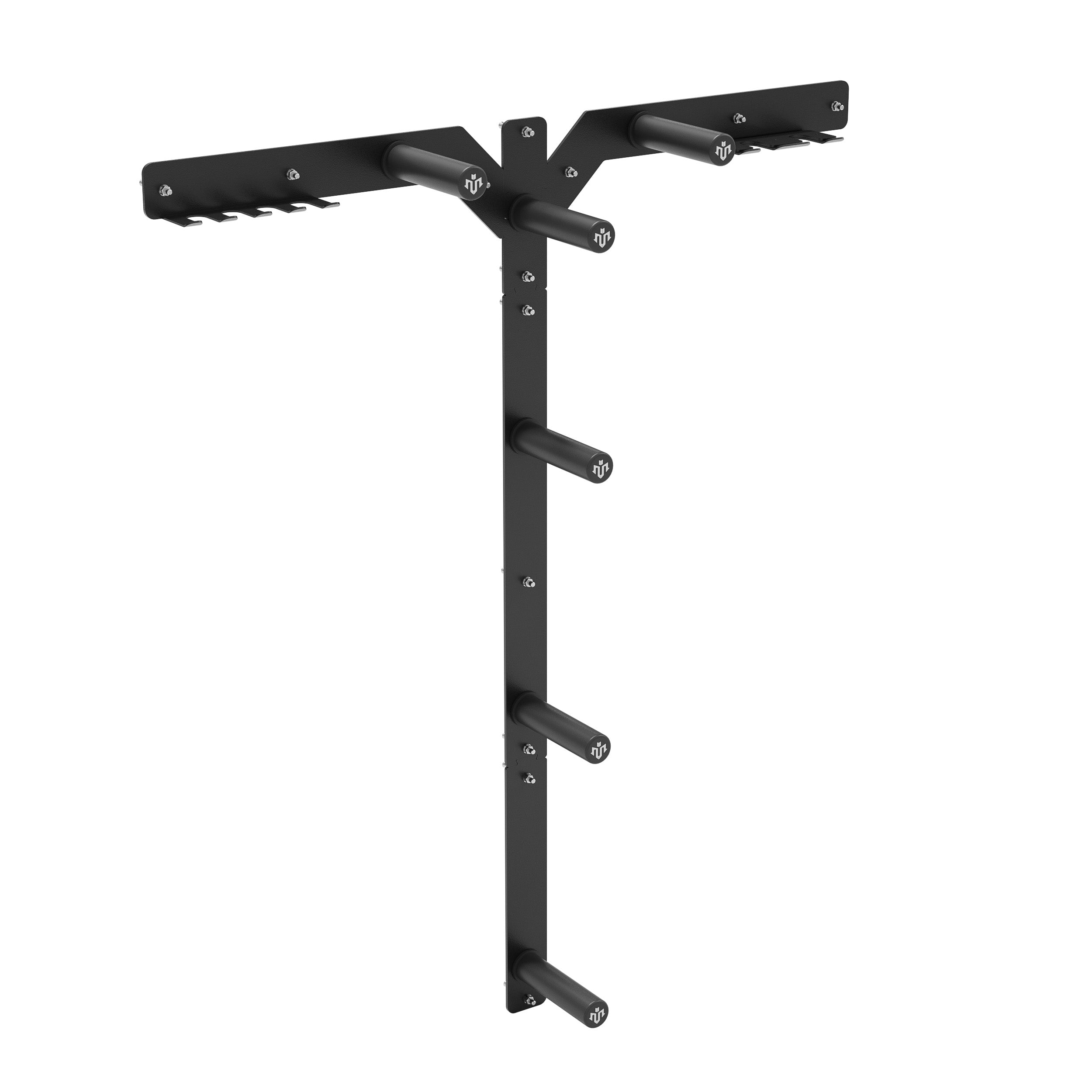




Leave a comment
This site is protected by hCaptcha and the hCaptcha Privacy Policy and Terms of Service apply.